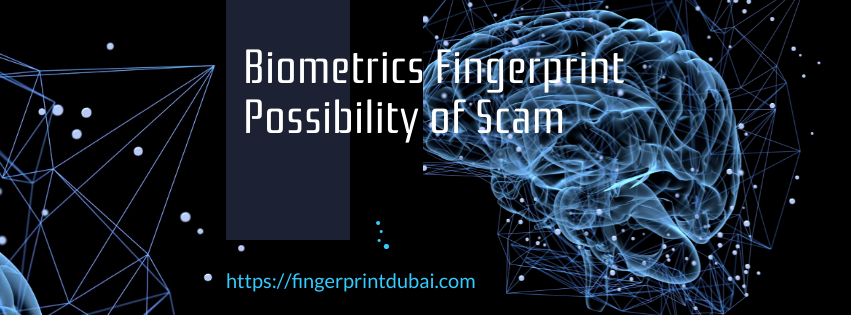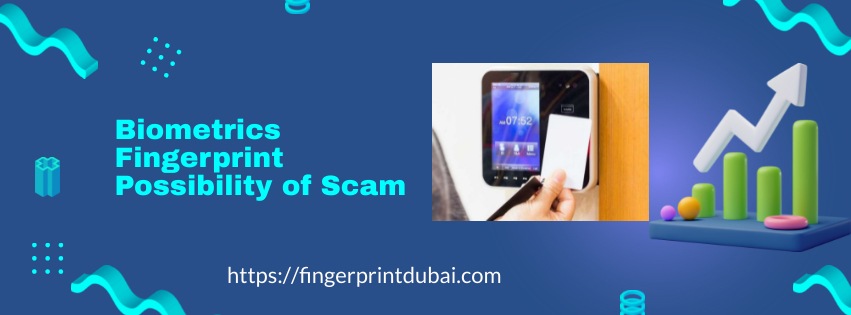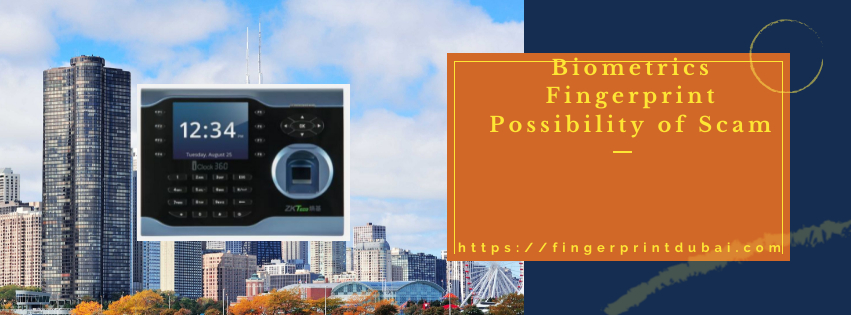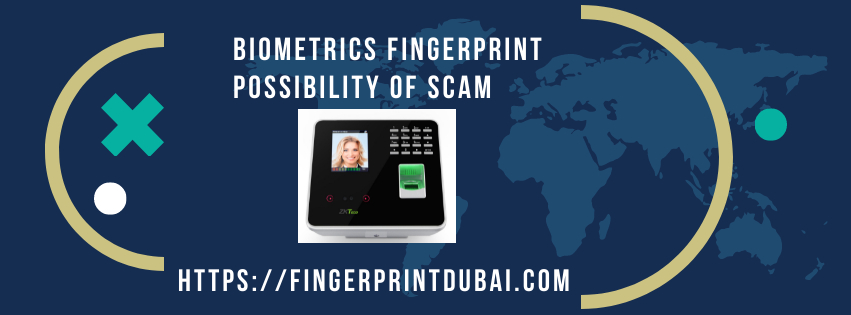Biometrics Fingerprint Possibility of Scam
The Biometrics Fingerprint Possibility of Scam
We’ve all seen it in the movies: the slick spy lifts a fingerprint from a glass and, with a quick trip to a makeshift lab, creates a gelatin replica to bypass a high-security lock. The biometrics fingerprint possibility of scam is a plot device that feels like science fiction, but the reality is that the threat is very real and constantly evolving. While biometric authentication is often touted as the ultimate security measure, it’s crucial to understand the vulnerabilities. Usually a unique PIN password, you can’t simply change your fingerprint if it’s haggled. This article will delve into the various ways the biometrics fingerprint possibility of scam can be exploited and, most importantly, how to protect yourself.

The Top Ways Criminals Exploit Biometrics Fingerprint Technology
This isn’t about some futuristic spy flick. It’s about the very real and present threat of a biometrics fingerprint scam. Criminals are getting increasingly sophisticated. They’re not just guessing your PIN; they’re trying to replicate a part of you. Here are the most common methods used in a biometrics fingerprint possibility of scam.
Spoofing with Fake Fingerprints
This is the most direct and well-known type of biometrics fingerprint scam. Simple criteria is exactly what you see in the YouTube promos. An attacker creates a fake fingerprint—a “spoof”—to trick the scanner. Materials like gelatin, wood glue, and even special conductive ink can be used. The quality of the spoof depends on the detail of the fingerprint “template” they acquire. A high-resolution image of a fingerprint, or even a latent print lifted from a surface, can be enough. Researchers have famously shown how they can create a fake fingerprint to fool smartphone sensors. This highlights the very real access control Dubai biometrics fingerprint possibility of scam.

Hacking the Biometric Database
The physical act of spoofing is just one part of the problem. The data itself is a major target for a biometrics fingerprint scam. When you enroll your fingerprint, a “template” is created—a digital representation of your unique ridges and valleys. This template is then stored, either on your device or in a centralized database. All around digital world If a hacker can access that compromise database, they can snip billions of these digital templates. Think of it like a password breach, but instead of passwords, it’s your biometric identity. Once stolen, this biometrics fingerprint data can be sold on the dark web or used for identity theft. This is a huge biometrics fingerprint possibility of scam, because you can’t change your finger.
Intercepting Fingerprint Data in Transit
Imagine you’re authenticating a transaction with your fingerprint. That data has to travel from the scanner to the system that verifies it. If that data isn’t properly encrypted, an attacker could intercept it. This is called a “replay attack.” The criminal steals the biometric data as it’s being transmitted. They can then “attempt repetition” it later to improvement unofficial access transit. This kind of biometrics fingerprint possibility of scam is less common on modern, well-secured devices. But it remains a serious threat, especially with older or less robust systems.
The Solution: Liveness Detection and Multi-Factor Authentication
So, is the biometrics fingerprint possibility of scam an unsolvable problem? Not at all. Technology is always in a race between the attackers and the defenders. Here’s what the defenders are doing to prevent a biometrics fingerprint scam.

Liveness Face Detection: Is That a Real Finger?
This is the most critical defense against a biometrics fingerprint scam. Mostly IT experts focus on liveness detection, which also acknowledged as anti-spoofing, is a set of techniques used to determine if the biometric sample is coming from a live, real person. It’s what separates a finger from a gelatin mold. ABM innovative FZE contemporary biometric fingerprint scanners don’t just look at the pattern. They analyze things like blood flow, skin pores, and even the electrical conductivity of the skin. Some systems even detect the pressure and distortion of the skin when you press your finger against the scanner. This varieties a modest spoofing occurrence far less likely to succeed. A good liveness detection system is the key to mitigating the biometrics fingerprint possibility of scam.
The Power of Multi-Factor Fingerprint Authentication
Biometrics shouldn’t be a standalone security solution. The strongest defense is a layered one. ABM recognize actual steps to where multi-factor authentication (MFA) originates. It combines a biometrics fingerprint scan with another form of authentication. This power of multi factor could be a Personal Identification Number, a password, or a one-time OTP code sent to your cellular phone. By requiring two or more of these factors, you create a much stronger barrier. Even if a criminal manages to pull off a biometrics fingerprint scam, they still won’t have the other factor needed to gain access. It’s like having a vault with two locks, each requiring a different key. This makes a biometrics fingerprint scam almost impossible to pull off successfully.
Your Burning Questions about Biometrics Fingerprint Security
Q: Can someone steal my fingerprint from a surface?
A: Yes, it’s possible. Latent fingerprints are left on almost everything we touch. A determined and skilled attacker could lift a high-quality print. However, turning that print into a usable spoof is a difficult process. Most modern scanners with liveness detection are designed to foil this kind of biometrics fingerprint scam.
Q: Is my fingerprint data stored on my phone safe?
A: Generally, yes. Most major smartphone manufacturers, like Apple and Google, store biometric data in a secure, isolated area of the device. This “secure fingerprint enclave” is designed to be proof by an authorize interruptions. The data never leaves the device and is not backed up to the cloud. This significantly reduces the biometrics fingerprint possibility of scam from database breaches.
Q: How can I protect myself from a biometrics fingerprint possibility of scam?
A: The best defense is a combination of awareness and action. First, enable multi-factor authentication whenever possible. Second, keep your devices and apps updated, as these updates often include new security patches to prevent a biometrics fingerprint scam. Third, be cautious about providing your biometric data to any service or app that doesn’t have a proven track record of security. Ultimately, while no system is 100% foolproof, a layered approach to security makes the biometrics fingerprint possibility of scam far less likely to impact you.

CONCLUSION
Biometrics, and specifically fingerprint technology, offer an incredible level of convenience and security in our daily lives. From unlocking our phones to authorizing payments, they make our digital world more accessible. However, as new century era with any biometric technology, they aren’t without their compiling liabilities. By understanding the biometrics fingerprint possibility of scam—from sophisticated spoofing techniques to data breaches—we can better protect ourselves. It’s a continuous cat-and-mouse game between criminals and security experts, but with multi-factor authentication and cutting-edge liveness detection, the industry is making great strides. We must Remember the possibilities, the best protective defense is a database layered structure one. Let me know if you would like me to expand on any of the sections, such as a more in-depth look at different types of liveness detection or a step-by-step guide to securing your personal biometrics.
4th St, Al Quoz Cemetery, Oasis Mall, Waha Street, Dubai UAE
Email : info@fingerprintdubai.com
Tell : (+971) 052 5571309

